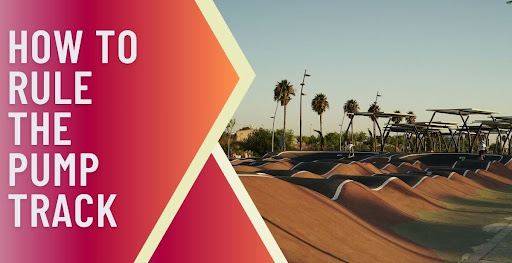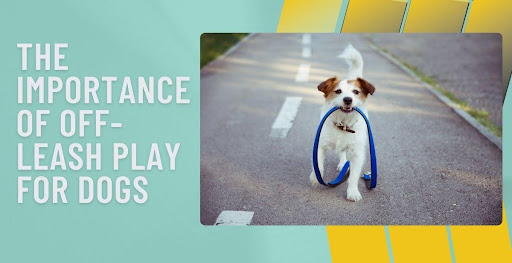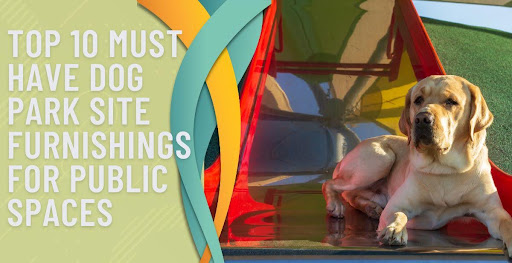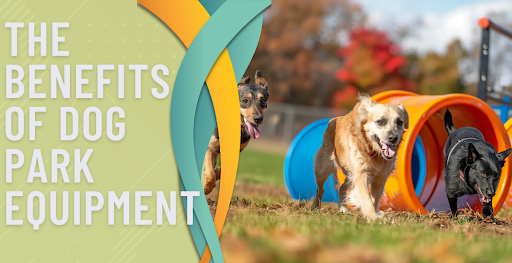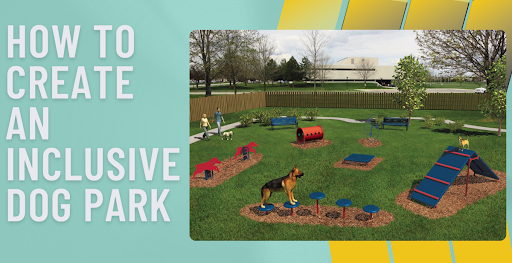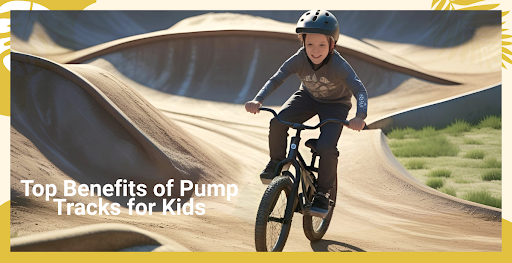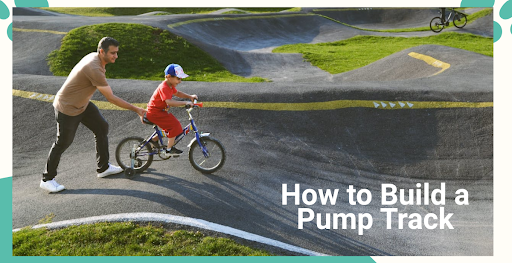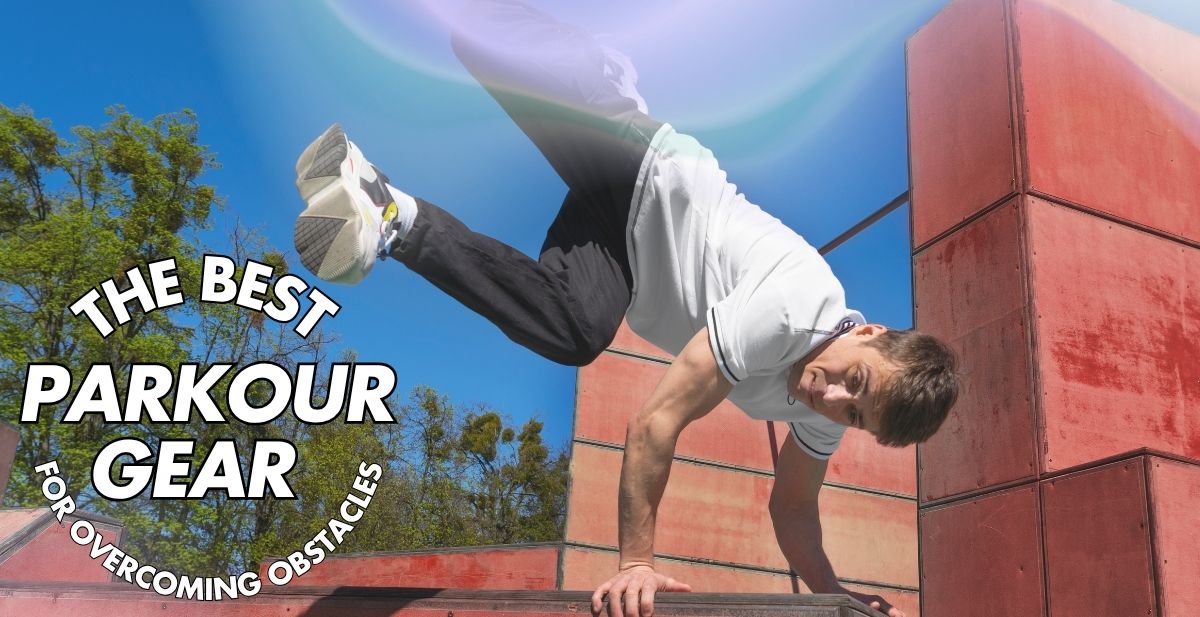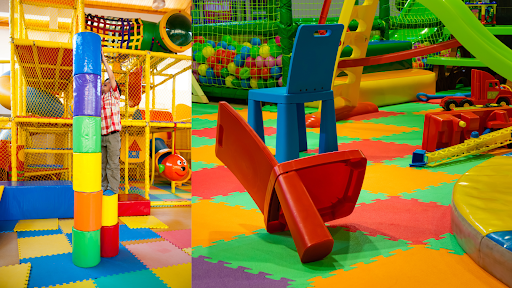Skatepark Etiquette: The Do's and Don'ts for a Positive Experience
Learn the unspoken rules of skatepark etiquette and why creating a safe, positive, and harmonious environment for all skaters is essential.


Skatepark etiquette is an essential aspect of the skateboarding world. The joy of laugh skateboarding comes to life, creating a positive and supportive environment for all skaters to coexist in.
It revolves around understanding the unspoken rules and respectful practices that ensure everyone can enjoy their time spent at the skatepark. By following these guidelines, skaters contribute to a safe and harmonious community and allow for the smooth functioning of the skatepark.
One of the critical principles of skatepark etiquette is taking turns and being aware of others using the park. It means waiting patiently for one's turn to perform a trick or ride a particular obstacle while respecting the ongoing activity on the course.
Additionally, skaters need to communicate with each other, whether it be a simple nod or a quick chat, to establish the flow and to avoid collisions or misunderstandings.
Understanding Skatepark Etiquette
Skatepark etiquette is about building relationships between skaters based on mutual respect and appreciation. It means cheering on fellow skaters, offering helpful feedback, and lending a hand when needed.
Moreover, it is essential to remember that safety always comes first when skating at the skatepark. It includes wearing the appropriate safety equipment, such as helmets and pads like knee pads, elbow pads, and so on, as well as paying attention to one's surroundings and being aware of any potential hazards.
It also includes refraining from using substances impairing one's ability to skate safely or create a potentially dangerous situation.
Skaters must be mindful of local ordinances when skating at the skatepark. It means respecting designated hours of operation, properly disposing of trash and debris, and avoiding any activities that may be illegal or prohibited in the area.
By adhering to these basic rules of skatepark etiquette, skaters can ensure an enjoyable time for everyone at the skatepark, make friends at the skatepark, and contribute to a safe and harmonious skating community.
Do's for a Positive Experience

Wait Your Turn
Waiting your turn is crucial in a skatepark, like any shared public space. Take your time performing your tricks without considering others around you.
Typically, skateboarders take turns using obstacles or runs based on their proximity and readiness. If someone falls or has a misstep, the next skater in line usually goes.
Respect Everyone
Remember, the skatepark is for everyone, regardless of age, skill level, or the type of equipment they are using. Always show respect to fellow skater and all park-goers and don't mock, intimidate, or ridicule others, particularly newcomers or less skilled skaters.
When trying a few tricks, it's common for skaters to have a slight competitive edge and a sense of excitement in their eyes. However, it is essential to remember that the skatepark caters to skaters of all skill levels, and treating everyone with respect should be a priority.
So, whether you're working on your hungry eyes-bearing technique or perfecting an utterly new trick, always remember that practicing within the boundaries of skatepark etiquette is essential for the enjoyment of all participants.
Acknowledge Local Skaters'
Every skatepark will have a group of local skaters who frequently visit and may have an unwritten pecking order. Acknowledge these individuals, respect their knowledge of the local park, and understand its unique dynamics.
Apologize for Accidental Collisions
Collisions can happen, especially in a crowded skatepark. If you accidentally bump into someone or cause a crash, always apologize. You never know when or where that guy or girl riding will attempt a trick above the lip right into your shins, and it helps maintain a positive and respectful skate coaching atmosphere.
Listen to More Experienced Skaters
Experienced skaters can offer invaluable advice, particularly about specific skatepark rules or tips about certain skateboard tricks. Be open to their wisdom and listen attentively because respectful interactions contribute to the overall skateboarding community spirit.
Don'ts for a Positive Experience

Snake Other Skaters
It's a big no-no! "Snaking" refers to the act of cutting someone else off or taking their turn. It's considered one of the most significant breaches of skatepark etiquette.
If you accidentally snake someone, get out of their way as soon as possible and apologize. Always be mindful of your surroundings and others' space to prevent any potential accidents, serious injury, or hard feelings.
Litter the Skatepark
Public skateparks should be treated with respect as any other shared public space. Leaving your trash behind is disrespectful and potentially dangerous for other skaters, so make sure to dispose of your litter in the designated bins to help maintain a clean and safe environment.
Sit or Leave Your Stuff on Obstacles
Skatepark obstacles are not for resting or storing personal belongings. Doing so can block the flow of the park and cause accidents, so keep your gear in designated areas or outside the main skating area to prevent unnecessary clutter.
If you like to bring your new razor scooter to the skatepark, make sure to rest it when not in use properly. Avoid leaving them on the ground, as they can create a tripping hazard or block other users' way so find a designated area for resting scooters or lean them against a fence or wall or beside the concrete bench.
Try Tricks Beyond Your Skill Level Without Proper Precaution
Pushing your limits is part of skateboarding, but ensure you are not endangering others when trying new tricks. If you want to practice a trick that might affect others' runs or safety, try to do so during less crowded times or in designated practice areas.
Be a Show-Off
Skateboarding is about personal expression and skill development, not showing off to everyone else in the park. Always remain humble and remember that everyone is there to enjoy themselves and improve at their own pace.
Things To Consider Before Bringing Your Kids to the Skatepark

- For safe skateboarding, ensure your child wears a well-fitting helmet, elbow pads, knee pads, and wrist guards to reduce the risk of injury.
- As a doting parent, it's tempting to bring a little league mentality to skateboarding, but don't — just don't. Telling your kid to work on his or her kickflip kind of defeats the purpose of this unstructured, creative activity.
- Before going to the skatepark, make sure your child has mastered balancing, pushing, steering, and stopping. Winning or losing isn't common in skateboarding since there are no set rules. Remember to prioritize safety.
- Teach kids to wait their turn, avoid sitting on obstacles, and apologize for accidents.
- Heavy afternoon sessions at the skatepark can be intimidating, especially if your child is just learning so aim for less crowded hours at the skatepark, which will provide a safer and less intimidating environment for your child to learn and explore.
- Parental Supervision: Especially for the first few visits, your attentive presence will be beneficial for your child. While you don't need to hover, being nearby provides reassurance and enables immediate response if any safety concerns arise.
Skatepark Features and Etiquette
This section will focus on the etiquette of two popular skatepark features: half pipes and quarter pipes.
Half Pipes
A half-pipe is a U-shaped structure that allows skaters to ride back and forth on its curved surface, performing various tricks as they reach each end. To maintain a friendly and cooperative atmosphere, keep these tips in mind while using a half-pipe:
- Wait your turn:
- Communicate your intentions
- Please keep it clean
Quarter Pipes
Like half pipes, quarter pipes are curved structures, but only one side of the U-shape is present. These features are commonly placed at the edge of skateparks or as part of more extensive arrangements. Here are some skate etiquette tips for using quarter pipes:
- Stay aware of other skaters and be cautious when returning to flat ground after a trick.
- Respect the flow of the skatepark
- Safe recovery
Did you know that Park N Play Design specializes in designing and building kid-friendly skate parks?
Worry no more if you don't have time to bring your kids near the skate park! We're passionate about allowing kids to experience outdoor fun and learn valuable skills through building their skateparks. We understand the importance of making a busy park a secure and safe environment where young kids can have fun while developing healthy habits and gaining confidence.
Our team is well-equipped to collaborate with your project development team to provide valuable advice and education to stakeholders, ensuring that the final park is of the highest quality. We'll work with you every step of the way to ensure that your new skatepark meets your specific needs.
Contact us today for a consultation! We can't wait to help you build a skatepark that creates a fun and safe environment where your children can have fun, learn, and make memories that will last a lifetime.
Final Thoughts
In the final analysis, skatepark etiquette is not just a set of guidelines but a reflection of the shared respect within the skateboarding culture. This collective understanding ensures that most skateparks remain inclusive, enjoyable spaces where individuals can freely express themselves through their sport.
When we honor these unspoken rules, we promote a culture of empathy and unity, which is crucial for any community to thrive. It's more than just about waiting your turn or clearing your gear; it's about appreciating the essence of skateboarding itself.
So, as we navigate the ramps and rails, let's remember to uphold this etiquette, fostering a positive, vibrant environment that embodies the true spirit of skateboarding. This way, we are not just better skaters but also active contributors to an encouraging, inclusive community.


